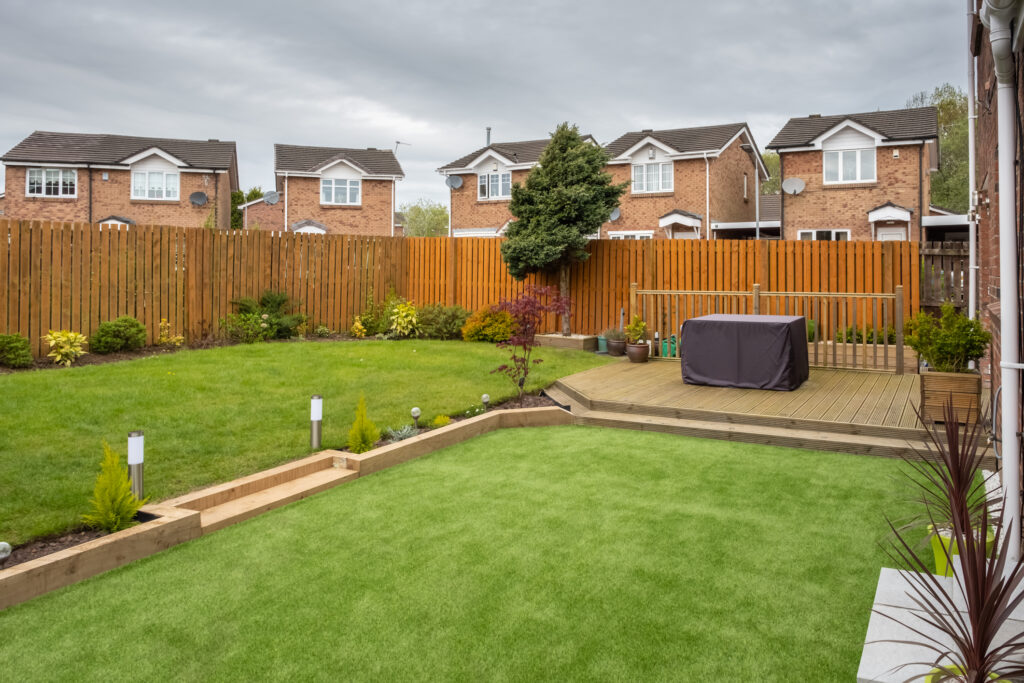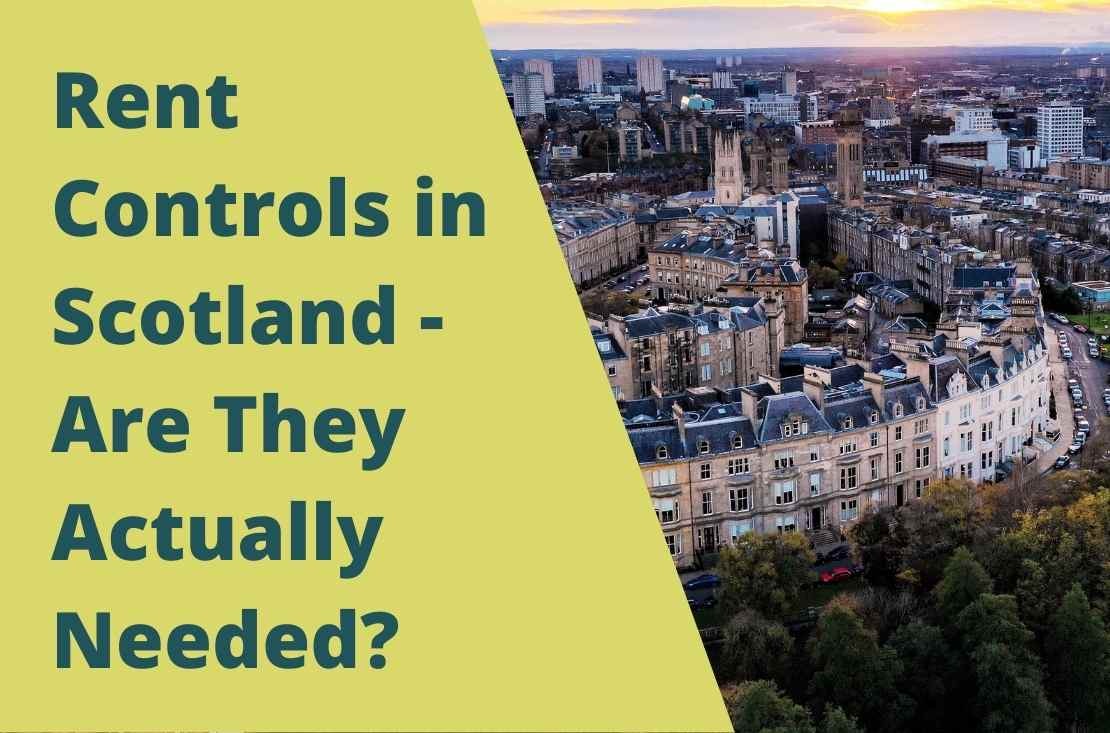As a landlord, you may be wondering if you need to look into rent controls in Scotland – and if they’re actually needed.
To be quite frank, they’re not; at least, not in the way the Scottish government have been talking about.
However, saying that, I’m aware of just how many landlords and tenants aren’t quite clear about the whole situation, and why that requires a blog.
As someone with professional experience of managing portfolios for more than a decade, I can see the rent control narrative causing a bit of apprehension within the community.
So, with that in mind, I’ll try and touch upon some of the crucial pain points regarding the rent controls in Scotland.
Background and history
Rent control has been a formal mechanism in different parts of the world, and is generally an accepted one. There’s a lot to learn from countries that have introduced ways of controlling and increasing rents systematically.
Talk of introducing rent controls In Scotland, for example, was triggered by efforts to protect the interests of tenants during the pandemic, and beyond.
Patrick Harvie, the Scottish Government’s minister of tenants’ rights said on the record that tenants ‘pay way over the odds’.

It seems clear that a system that’s a win-win for both tenants and landlords is urgently needed. In my opinion, a perfectly good provision for rent control already exists without the need for further sweeping legislation.
Under a PRT, a landlord can increase the rent no more than once a year and must give a tenant at least three months’ notice of any increase.
If a tenant thinks a proposed rent increase is unreasonable, they can apply to a rent officer at Rent Service Scotland for a rent adjudication.
The rent officer will set the rent level based on a range of information about the property and has the ability to increase the rent if they decide it should be higher, as well as decreasing it if they think it’s too high.
In addition to the rent adjudication process, The Private Housing (Tenancies) (Scotland) 2016 Act granted local councils the ability to designate rent pressure zones (RPZ) if they believe rents were increasing too much in a particular area. Currently, there are no RPZ in Scotland.

The tenant’s perspective
Many tenants have, quite rightly, been given additional support during the pandemic. Policies such as extension of the eviction ban, and hardship funds have greatly helped tenants.
Local administrations also have safeguards in place, such as apellates when needed, but tenants should ideally be made aware of periodic rent reviews. This can be more difficult if there hasn’t been a rent increase for some time but makes sense going forward.
As the cost of living crisis continues the discussions around annual rent reviews become difficult. This is where the importance of good communication with your tenants and being flexible where necessary, really pays off. Tenants can easily keep abreast of the rental properties being marketed in their area so understand how their rent compares with market rents.
When rental properties are in short supply and high demand it might be easier for the tenant to agree to a rental agreement rather than vacate. If you as a landlord can always discuss the best case scenario for both parties, it can save a great deal of hassle all round.
If a tenant thinks a proposed rent increase is unreasonable, they can apply to a rent officer at Rent Service Scotland for a rent adjudication.
The landlord’s perspective

Landlords shouldn’t have to worry about these discussions on rent control policies as long as they have a good system in place and an open communication with tenants.
After all, it’s primarily between you and the tenant, and if both parties are happy, there shouldn’t really be a need for external intervention.
If, as a landlord you’re thinking about increasing the rent, first of all you should reach out to the tenant. It’s crucial, in my experience, to work out a fair increase that’s mutually agreed.
For example, if you’re planning on selling the property in future, you’d get a better deal if your property is bringing in a competitive market rent price, than if it’s currently lagging behind the market – especially if you’re selling the property tenanted.
For a tenant, a slight increase in rent would mean not going through the hassles of moving out. So, a landlord has to present a win-win scenario as we discussed in our ‘cost of living crisis’ post.
For a tenant, a slight increase in rent would mean not going through the hassles of moving out. So, a landlord has to present a win-win scenario as we discussed in our ‘cost of living crisis’ post.
Advice from the property pros

In all fairness, you have the right as a landlord to periodically review rents as per the tenancy agreement, but many landlords don’t seem to be aware of this.
The result is that they leave the rent as it is for years, then expect and even demand a higher rent to get back to that market rate.
Keeping a good relationship and an open channel of communication with your tenant is key. Start as you mean to go on and always discuss the issue of rent reviews at the start of your rental agreement with any tenant.
Advise your tenants to expect a review every 12 months, and reassure them that this will be fair for both sides. Together you should be able to reach a mutually agreeable figure which reflects the current market rent in the area.
This linkshows you the rent adjudication outcomes from 2018 – 2022. It lists the current rent, the proposed increase and the decision made.
A list of Private Residential Tenancy properties that the Rent Service Scotland has put a valuation on, together with comparable properties that were used to enable Rent Service Scotland to come to its decision.
In summary…
I hope you’ve found this blog helpful when looking into the subject of rent controls in Scotland, and whether they’re actually needed.
In my experience, the best approach for rent control is just using good old-fashioned common sense. Most landlords are able to handle fair rent increases effectively by conducting regular rent reviews.
If that should fail then there is already a system in place for tenants and landlords to use. So, why is the Scottish Government proposing further measures without any detailed and published data that demonstrates the current system isn’t working?
If you have any questions about buying or selling tenanted property, don’t hesitate to get in touch. We’re always happy to provide you with some free, unbiased advice.

Written by Chris Wood, MD & Founder of Portolio
Get in touch on 07812 164 842 or email [email protected]


I wholly agree that existing mechanisms are more than enough without new rent control legislation. You ask why such legislation is necessary without data showing the existing legislation is not working.
I suspect the answer is political. The Greens are pandering to their vested interests and can’t resist poking their fingers in to a subject that doesn’ t need change.
Hi Kenneth, thanks for your contribution. I agree with you that the move has been a political one that was designed to grab headlines. It worked as it got a lot of media coverage. The Scottish Government's narrative that landlords are mean and uncaring is lazy and not reflective of the vast majority of landlords in the Scottish Private Rented Sector. Its disappointing that The Scottish Government doesn't understand the need for good-quality rental homes at a point when they aren't hitting their targets for new builds and aren't supplying enough social housing.